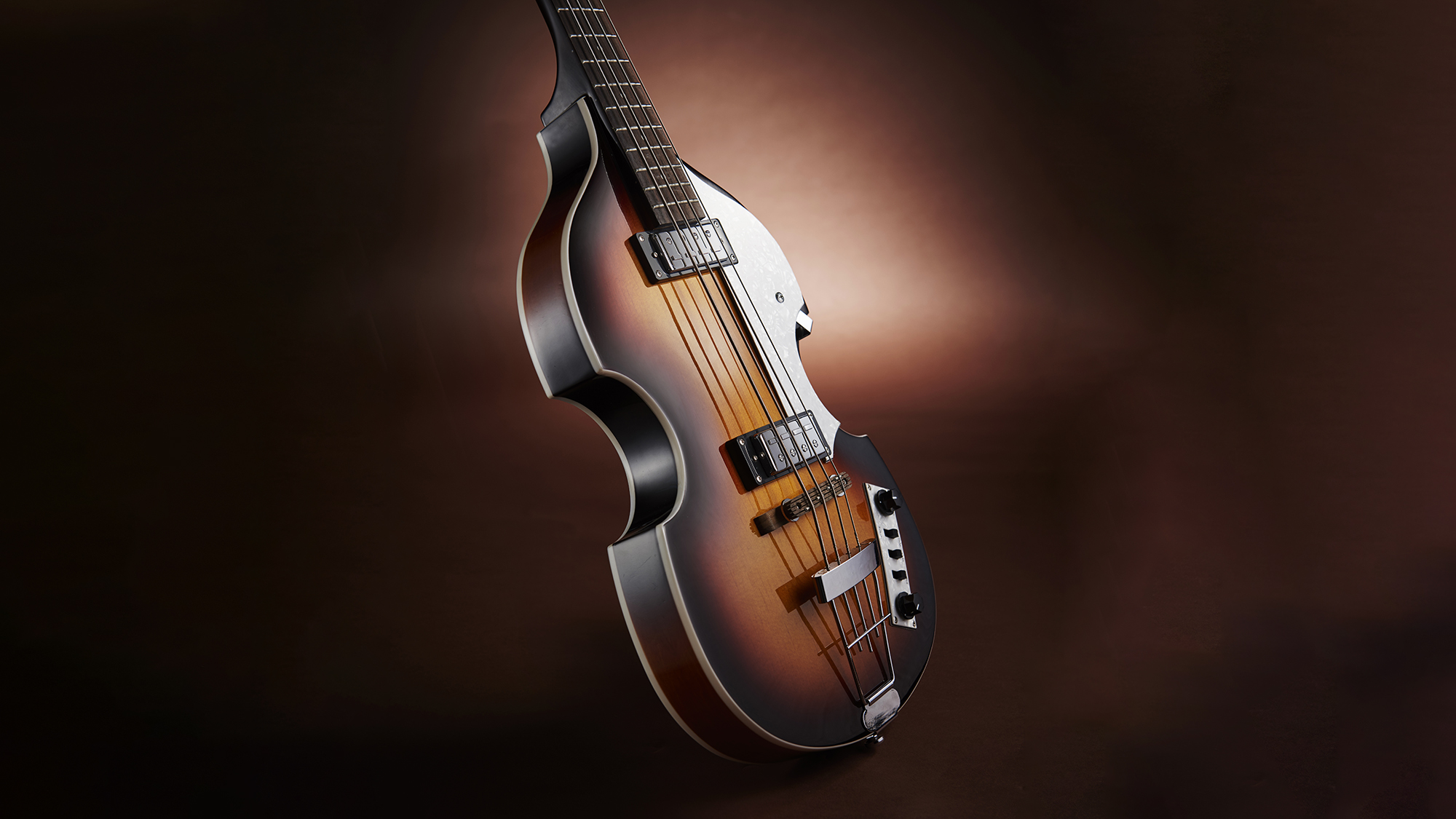Best high-end bass guitars 2025: our pick of premium basses from Rickenbacker, Fender, PRS, Fodera and more
Get the lowdown on the very best of the deep, pummelling world of bass
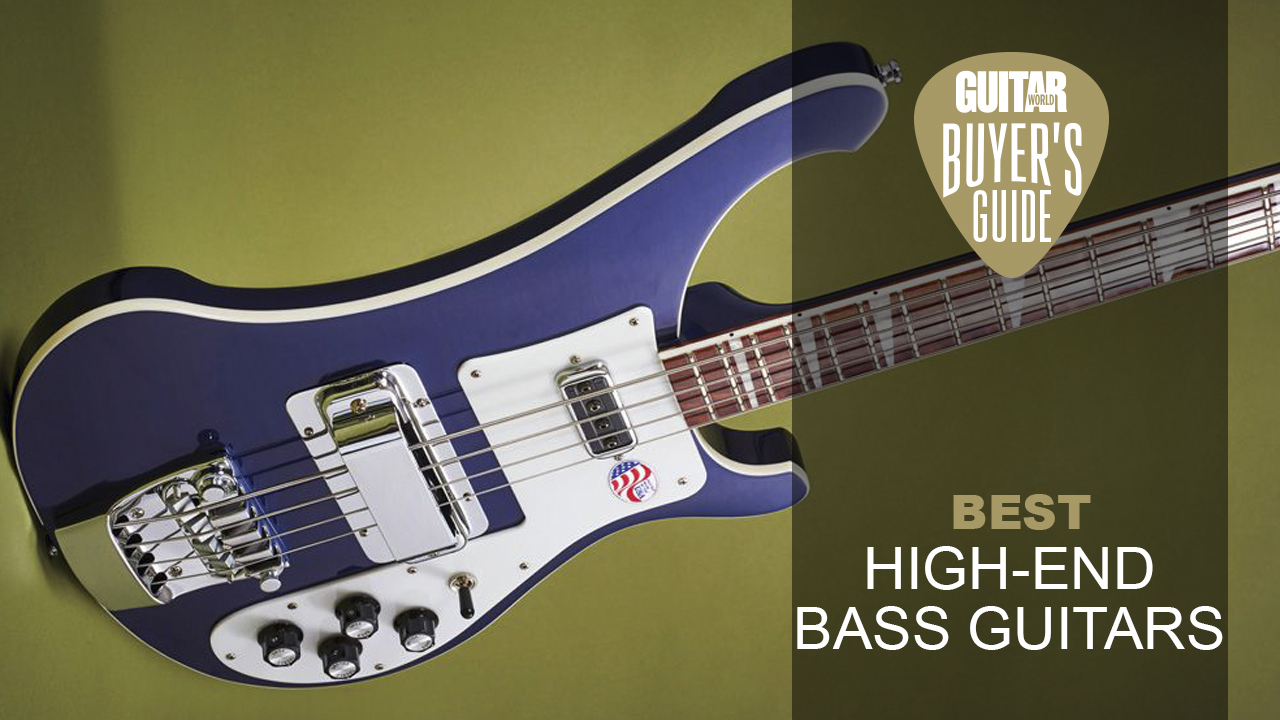
Trying to scratch that itch for some high-end low-end? Are you gassing to add one of the best high-end bass guitars to your collection? An heirloom quality beast that'll keep you in the groove and your band in the pocket?
Talking of pockets, you're going to need some deep ones when it comes to premium bass guitars, but that's to be expected. The difficult part is knowing what to choose from the bewildering number of fine instruments out there, all vying for both your attention and your readies.
Do you go long-scale or short? Vintage or contemporary? Active or passive? Four string or five? Or six? The choice can be daunting, which is why we're here to help. Read on for our verdict on eight of the best high-end bass guitars your money can buy.
Best high-end bass guitars: Guitar World's Choice
If your aim is to buy one of the very finest bass guitars out there, then we recommend the almost peerless Fodera Emperor 5 Standard Classic. We say 'almost peerless' because you can spend a whole lot more on a custom Fodera, but there's really no need. This is simply an astonishing active 5-string bass. Hand built in small numbers in Brooklyn, from the very best components and tonewoods, it feels magnificent to play and sounds simply glorious.
What if you want a high-quality workhorse that can provide a versatile gamut of tones while shrugging off the kind of punishment a life on the road inflicts? Then, we recommend that old favorite, the Fender Jazz, but this time with some contemporary appointments.
The Fender American Ultra Jazz Bass is the most comfortable, most innovative and most versatile mainstream bass the Californian company has ever built. Thanks to its comfy body contours, amazing neck, noiseless pups and active circuitry, you won't be left wanting.
Best high-end bass guitars: Product guide
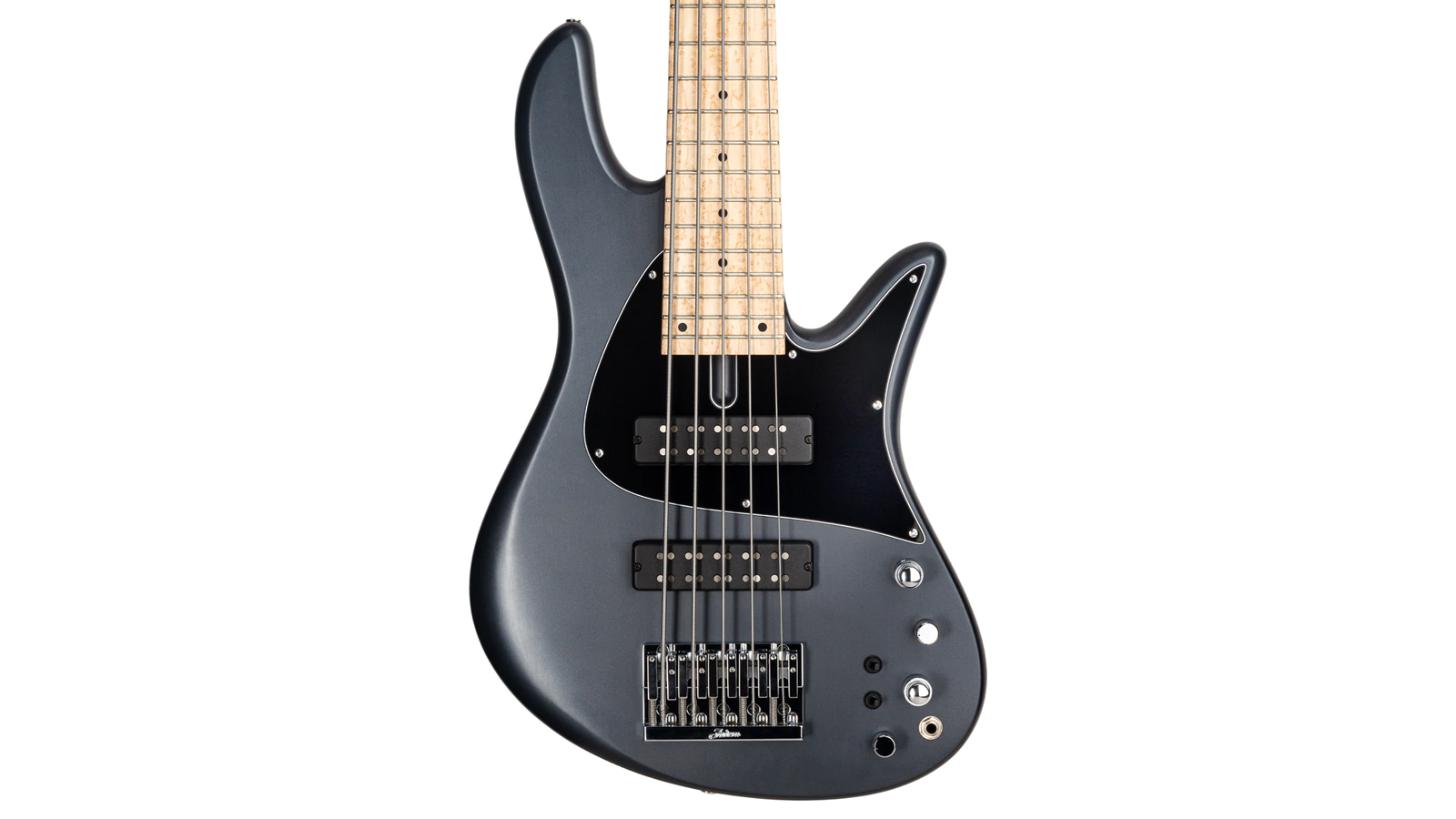
1. Fodera Emperor 5 Standard Classic
Our expert review:
Specifications
Reasons to buy
Reasons to avoid
A decade ago, Fodera was all about producing eye-wateringly expensive hand-built custom basses from its modest workshop in Brooklyn. These basses had unicorn status, you'd hear about them, dream about them but rarely, if ever, see one in the flesh.
Then, in 2011, Fodera introduced its 'Standard' range, a more accessible diffusion line. You know, a bit like Fender/Squier. Thing is, Fodera's interpretation of the words 'Standard' and 'accessible' is a bit more elastic than ours, and here it's been stretched to the limit.
The J-style Emperor 5 Standard Classic is also hand built by a small team of luthiers in a modest workshop in Brooklyn, using the finest materials. And yes, for most of us, it remains eye-wateringly expensive.
Highlights include dual-coil pups designed in collaboration with Seymour Duncan, and a Pope three-band preamp. Broadly speaking, the signature tone is focused, punchy, with a smooth upper midrange. In reality, because the pups can be split and the EQ options are almost endless, it's possible to tease a huge sonic palette from this bass.
If you simply must have a custom Fodera then expect to pay another two or three grand at least, but why bother? It's difficult to see how it's possible to improve on the Emperor 5 Standard Classic.
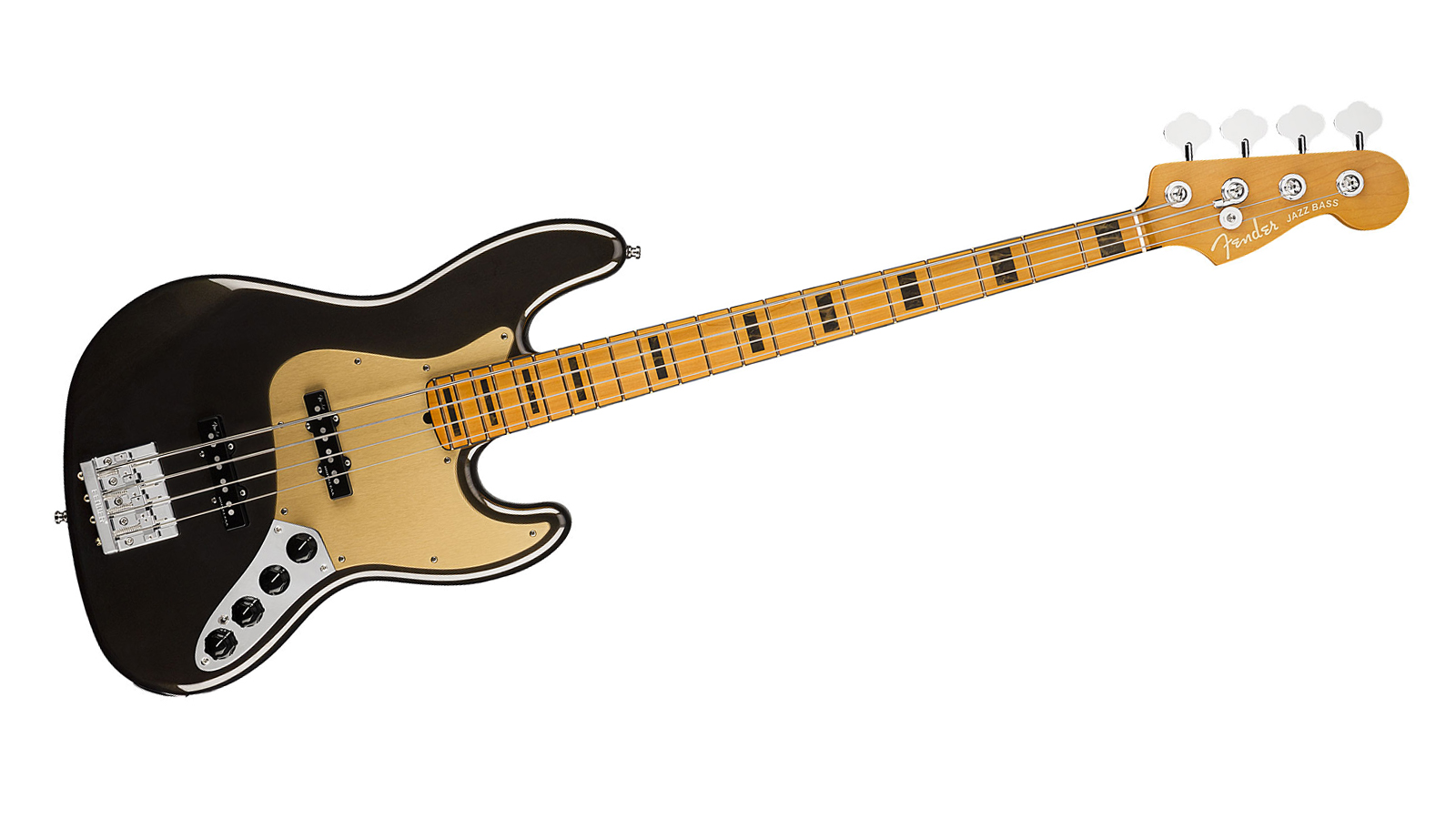
Specifications
Reasons to buy
Reasons to avoid
Yes, we could easily have featured a bare bones vintage reissued Jazz, or a custom shop beauty. However, the unashamedly contemporary American Ultra hits the spot for us. It may not be a single luthier piece, and the materials used are certainly not exotic, but its iconic design, faultless construction, excellent noiseless pickups and clever active electronics make it one of the most desirable bass guitars in this guide.
This is a bass for the hard-working professional, who needs a super reliable, versatile bass for demanding gigs and sessions. It's a veritable toolbox of tones.
The ’70s inspired body has been modified subtly with a sculpted rear contour that makes wearing this Jazz for hours a comfier proposition. Fender has also improved playability by tapering the heel to allow unhindered access to the upper register, and by bolting on a modern D-shape neck with a 10"-14" compound-radius.
Now for the clever stuff. Early iterations of Fender's noiseless pickups could be a bit hit and miss but these latest Vintage versions nail that Jazz tone – focused, punchy with defined mids and clear highs – perfectly, with zero noise.
The preamp adds additional power and headroom, and the strip of controls are so intuitive that dialling in a tone that's floating about in your head is simplicity itself. You can, of course, always revert to passive mode too.
But is a factory-built Fender really a high-end bass? Let's not forget that Leo didn't care about vintage provenance or luxury appointments, he was a genius innovator always looking to the future. We think he would have approved of the American Ultra.
Read the full Fender American Ultra Jazz Bass review
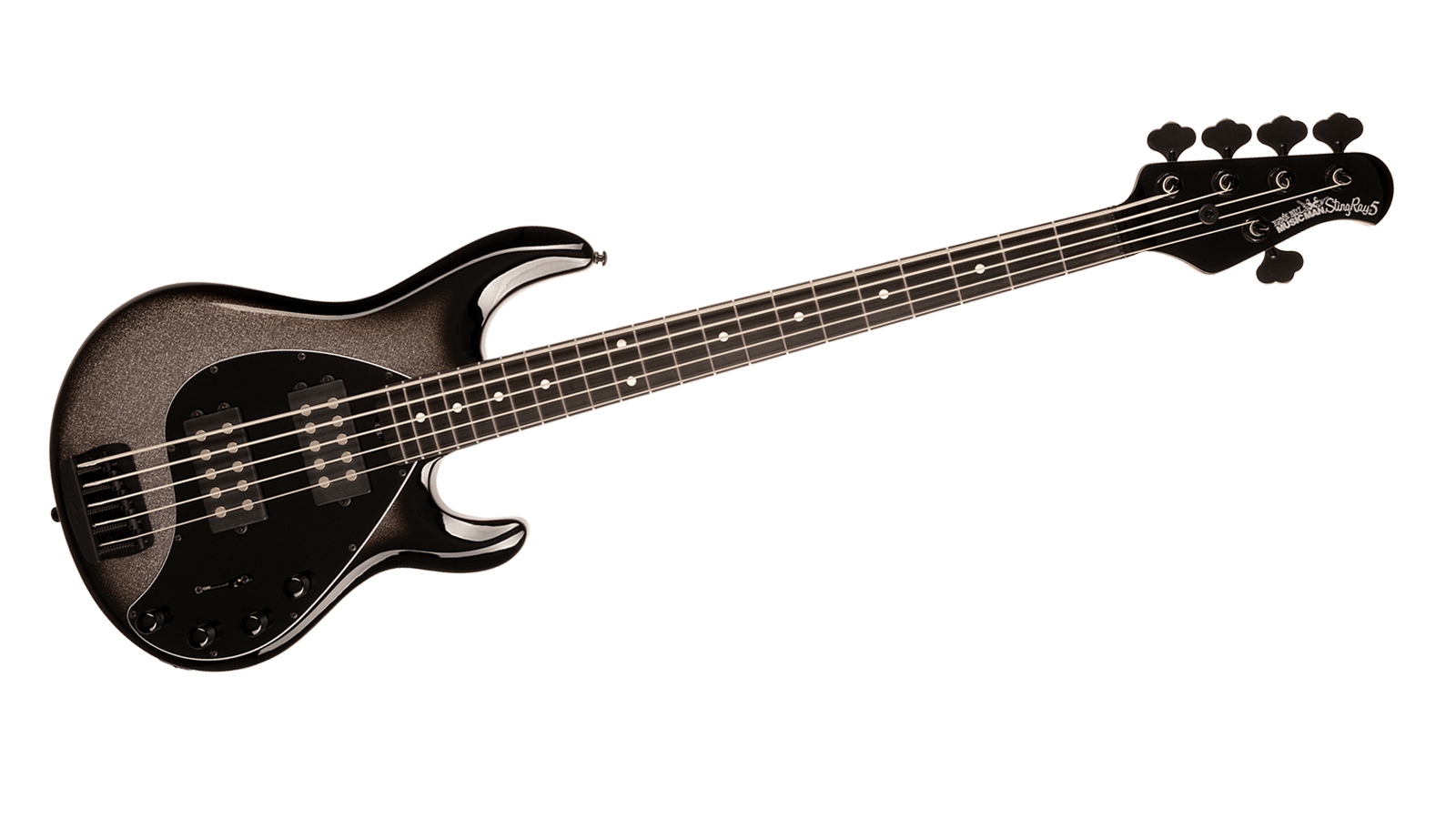
3. Ernie Ball Music Man StingRay Special 5 HH
Our expert review:
Specifications
Reasons to buy
Reasons to avoid
What a genius Leo Fender was. Not satisfied with revolutionizing the electric guitar and bass (not to mention amps) at Fender, he continued to innovate at G&L and was, of course, instrumental in the development of the StingRay bass. It broke new ground in the mid-’70s, being the first bass to feature active electronics in the shape of a 9v preamp and two-band EQ.
The StingRay has gone through a lot of changes since then, and this latest five string Special version features two Neodymium Humbuckers and a potent 18v preamp with three-band EQ. Frankly, it's a StingRay on steroids, a venomous monster of a bass.
The 'Ray has always got a lot of love for its punchy sound, which makes it a natural for both heavy rock styles and funk slap bass. The StingRay 5 Special covers the same sonic ground with aplomb but ups the stakes and then some. On top of that, StingRays have always been exceptionally well built from top notch components, and this one is no exception.
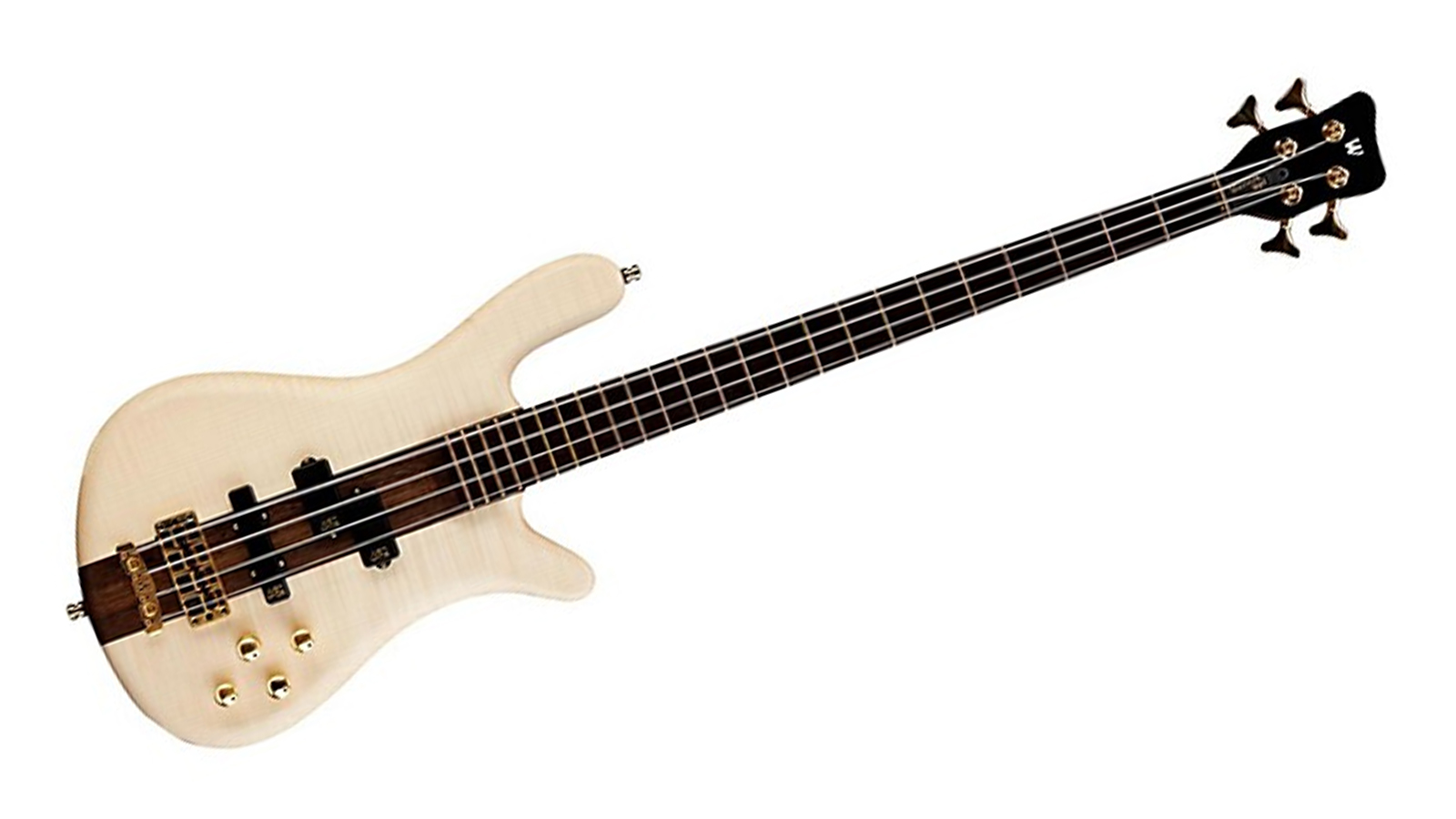
4. Warwick Masterbuilt Streamer Stage 1 4
Our expert review:
Specifications
Reasons to buy
Reasons to avoid
Want to hear what a Streamer Stage 1 sounds like in the hands of a gifted player? Then listen to Stuart Zender laying down some masterful grooves on early Jamiroquai tracks. Since its inception in the '80s, it's always been a favorite with the funk and slap fraternity, but it can do heavy too, as Robert Trujillo continues to prove with Metallica (albeit with EMG pups).
This particular Streamer is plucked from Warwick's top-end Masterbuilt series, which means it's drop dead gorgeous. Its AAA flamed maple top is mated to a thin, three-piece wenge neck, with a wenge fingerboard that's wearing 24 highly polished, jumbo bronze frets. Hardware is high-mass, gold-plated brass. Stunning.
Active MEC P/J pickups and three-way EQ lend it awesome tone and formidable versatility. Hate searching around for 9v batteries? Us too. Well, fret no more because this Streamer comes with a rechargeable lithium battery and USB charge port.
All that maple makes this a relatively lightweight bass with additional clarity in the mid-range and highs, which gives it a tone that's particularly punchy and clear. If, however, you're looking for more warmth, seek out a Stage 1 or Stage 2 made from alternative tonewoods – there's plenty of choice.
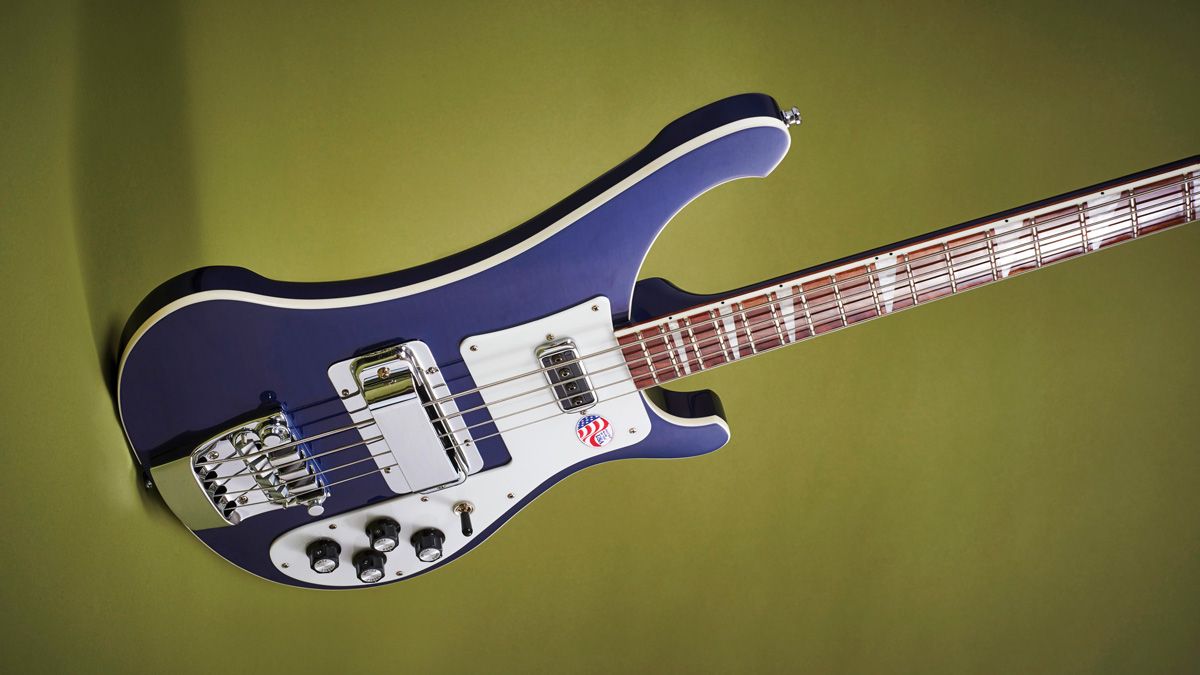
5. Rickenbacker 4003
Our expert review:
Specifications
Reasons to buy
Reasons to avoid
The Rickenbacker 4003 is a real paradox of a bass guitar. Few other basses manage to straddle so many genres from, in no particular order, rock to prog to punk to indie to heavy metal to the more extreme ends of metal. Seemingly, it's an instrument that can turn its hand to almost anything.
Yet, it has a very distinctive tone that's immediately recognizable and, frankly, not universally appreciated. You either love it or you hate it.
True, there's some versatility to be had – after all, in the late Beatles era Macca managed to coax some beautifully rounded, mellow sounds from his very similar 4001. But most other players strap on a Ricky to let fly with its ballsy, aggressive neck pickup that's defined by a punchy, treble-prominent clarity. Listen to anyone from Geddy Lee to Chris Squire to hear that tone in spades (OK, Lemmy too).
Rickenbacker basses are still made in California in limited quantities, so supply is always an issue and pricing is all over the place. But, if you're a Ricky fan, your life isn't complete without one, so get one if you can.
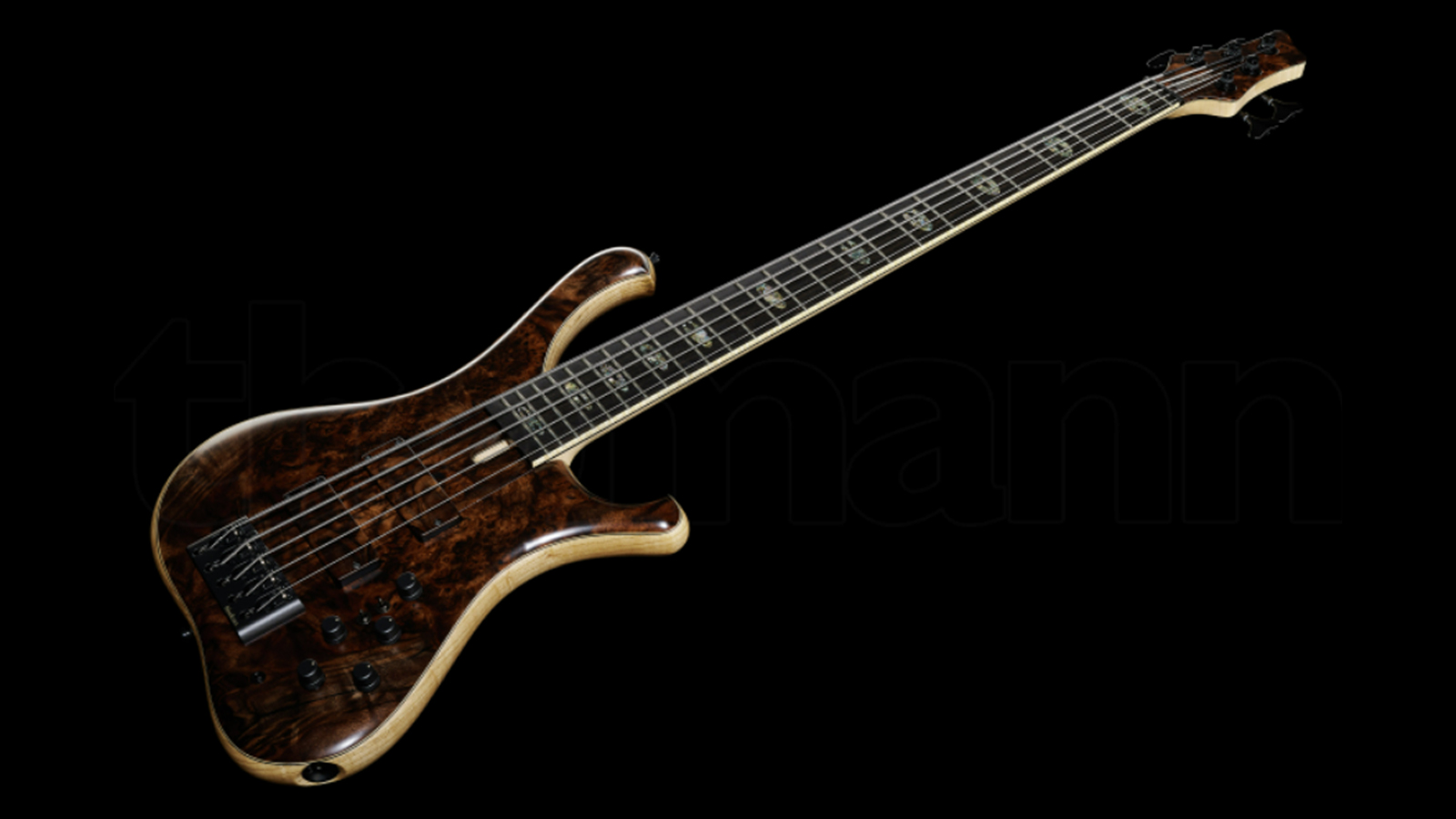
6. Marleaux Consat Signature 5 Walnut
Our expert review:
Specifications
Reasons to buy
Reasons to avoid
German luthier Gerald Marleaux and his team are obsessed with timber to the extent they've amassed a breathtaking collection of rare tonewoods. Where possible, they'll even travel to buy fallen trees that, after being sawn to size, may sit air-drying for years in Marleaux's climate-monitored warehouse before being transformed into exquisite bass guitars.
The Consat Signature is a fine example. Its striking ash body is capped with a highly figured piece of burl wood, in this case walnut. Joined to that wonderful body, with six sturdy bolts, is a flamed maple neck, topped with an ebony fingerboard that's been delicately inlayed with abalone.
Every component is made by Marleaux or designed specifically for it, except for the pickups, which can be specced as either Delano or Häussel, and the gold Schaller tuners.
This is an active bass with a three band semi-parametric EQ that, unusually, can store user defined frequencies for future recall. The signature sound is direct, transparent with a sustain that seemingly lasts forever. Beyond that, Gerald is keen to point out that every Marleaux bass sounds unique because the tonewoods will differ from one instrument to the next.
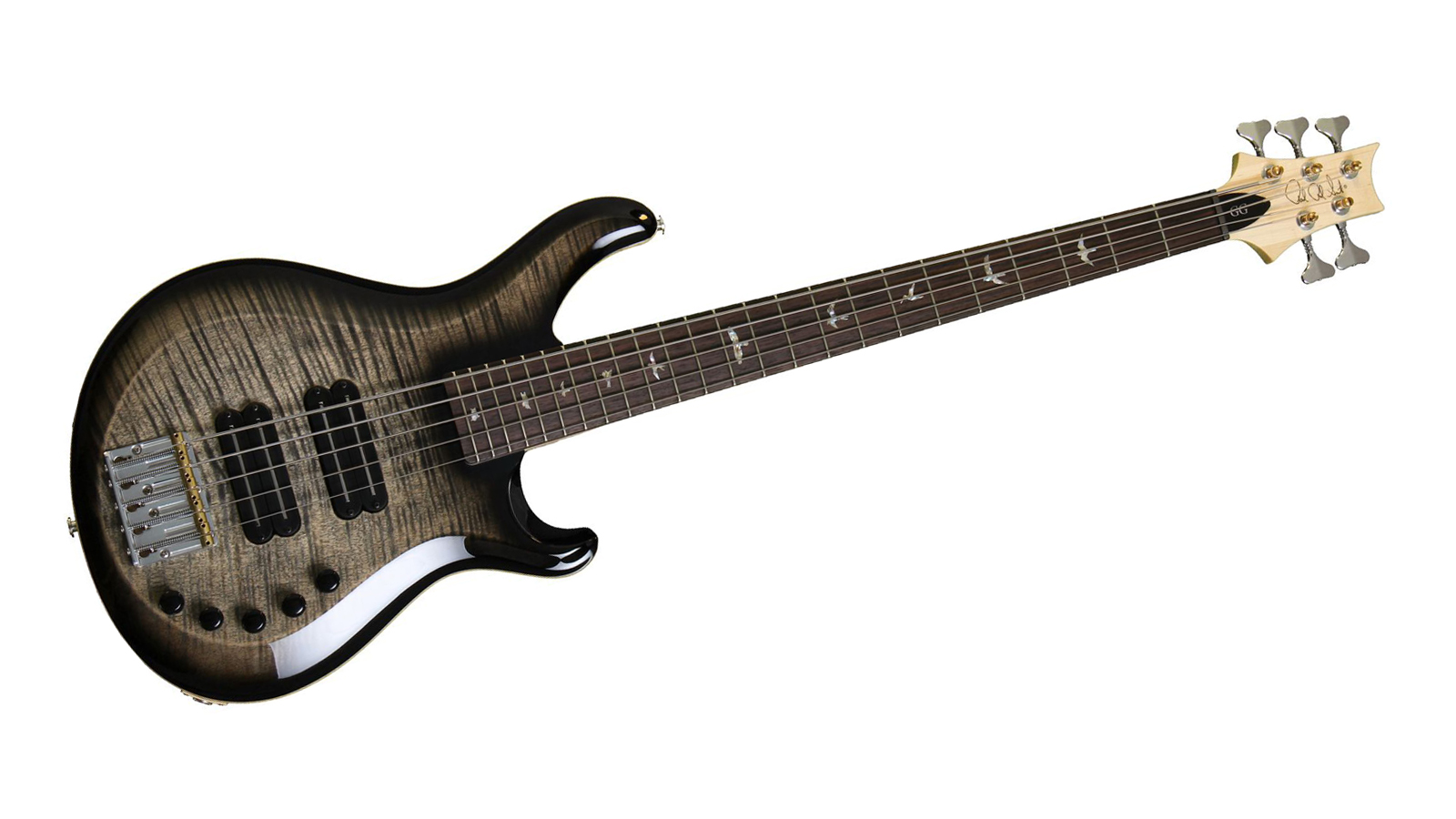
7. PRS Grainger 5-String Bass Guitar
Our expert review:
Specifications
Reasons to buy
Reasons to avoid
Unmistakably a PRS, the Grainger was, in fact, designed by John Scofield collaborator Gary Grainger with input from Wyzard (Mother's Finest) and Kevin Walker (Justin Timberlake). No doubt Paul Reed Smith had some say too.
If you want to go truly high-end then you can commission PRS to build you a custom Private Stock bass, but still, the Grainger's an awesome instrument that's available off-the-shelf without the wait or the additional expense. As with all of Paul's premium guitars, quality is unrivalled – woe betide any PRS luthier who jeopardizes the brand's sterling reputation in this regard.
The Grainger uses the tried and tested combination of a mahogany body with a maple cap to deliver a sound that's warm and rich, yet delightfully balanced by a relatively bright high end. Two Gary Grainger 5 (GG) pups provide ample power that, no matter how hard you drive them, never lack clarity.
The 18v PRS/Grainger active electronics give you additional punch, headroom and access to more modern sounds but switching the pickups to passive mode delivers some wonderfully vintage tones that quickly become addictive.
The Grainger 5-String Bass is available in a variety of gorgeous finishes, including a selection with PRS' best quality 10-tops. Luverly!
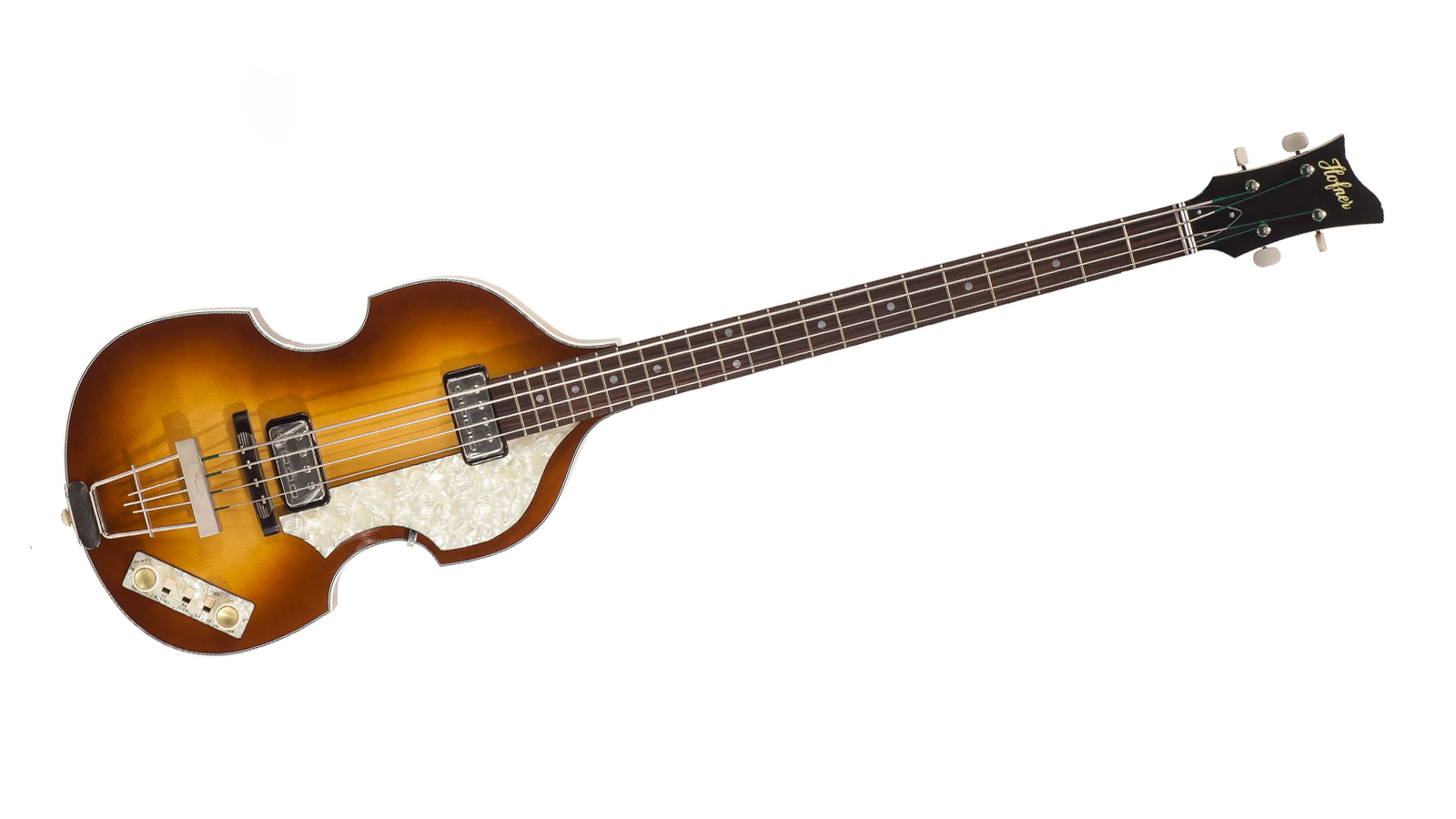
8. Hofner 500/1 Vintage 'Mersey' Violin Electric Bass Guitar
Our expert review:
Specifications
Reasons to buy
Reasons to avoid
It's one of the quirkiest looking but, at the same time, one of the most recognizable bass guitars of all time. The Hofner 500/1 is also the second bass in this guide that owes a huge debt to Sir Paul McCartney, who popularized its use in the early to mid-’60s.
Not only does it look unique, it sounds unusual too. The Hofner has a readily identifiable warm, woody thump that's long on character but short on sustain.
This particular model, which is handmade in Germany, is based on the one that was made for Paul in 1963. It features a spruce top, maple back and sides, a flame maple neck and bucketloads of that early Beatles tone. The eagle-eyed among you will have noticed it differs from Paul's '61 bass in that the middle pickup has been moved closer to the bridge, altering the tone somewhat.
A must for Beatles fans, it is nevertheless not the most versatile of instruments, so if this is going to be your only bass then perhaps look elsewhere. Just as Paul did back in '65 when he moved on to his Rickenbacker.
Best high-end bass guitars: Buying advice
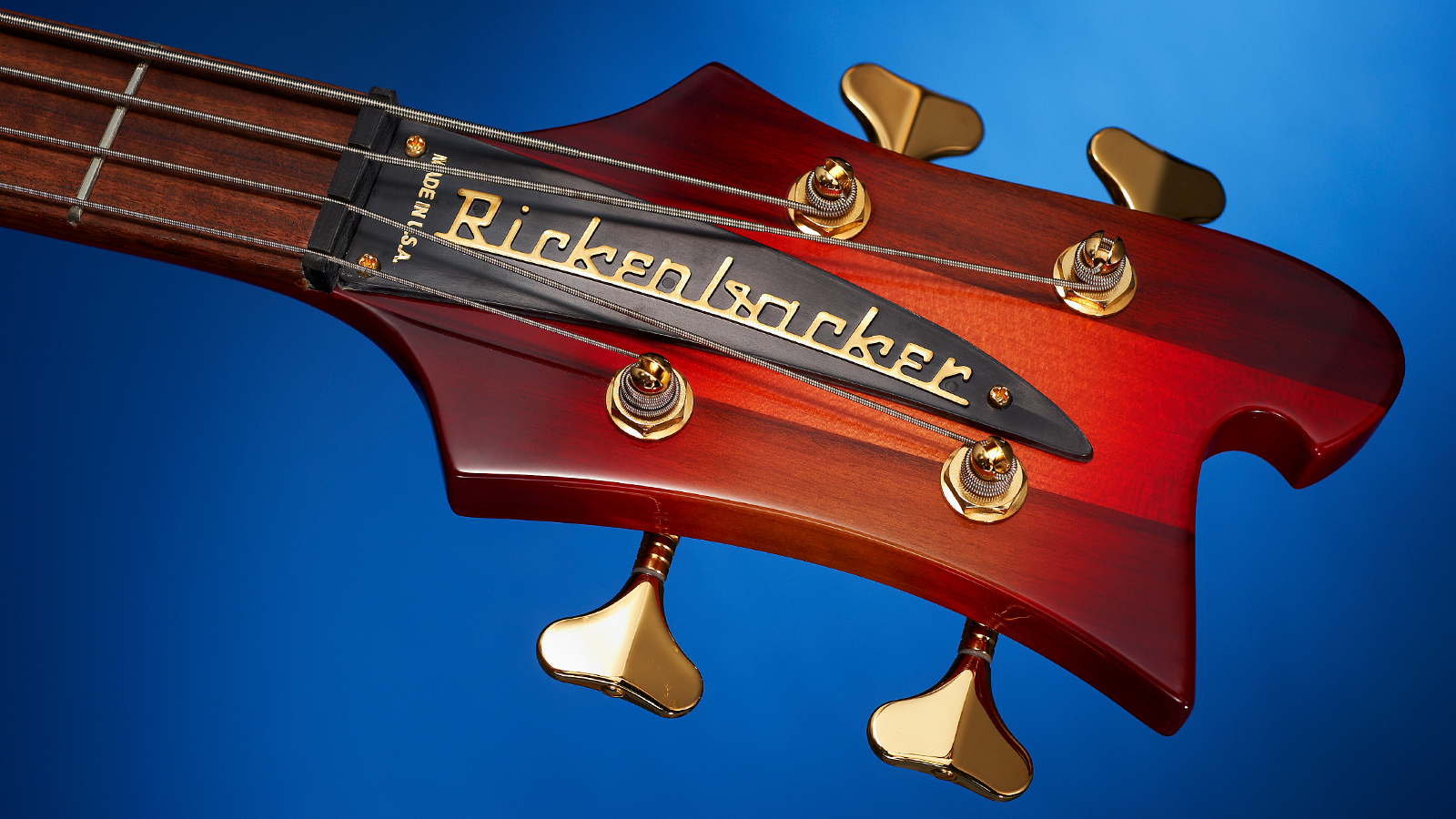
If you're fortunate enough to have a sizeable stack of notes burning a hole in your pocket then congratulations, high-end bass ownership is just the musical 'ka-ching' of a cash register away. Most likely an interweb virtual one, but that's still a thing, right?
Anyway, at some stage in your pre-purchase phase it will probably dawn on you that money buys you options, which is a good thing, but getting your head around the number of available choices can result in agonising bouts of indecision.
Don't worry, we're going to break down your prospective bass purchase into some manageable chunks.
Factory-built vs custom shop vs single luthier
You can trust Guitar World
Why settle for a factory-built bass when you could be playing a custom shop model, or better still, a unique instrument from a single luthier?
A quick Google will reward you with the names of dozens, if not hundreds, of luthiers who would love to craft you a gorgeous bass. Some will be famous names with incredible bodies of work behind them, while others will be less well known. Employing the former will almost certainly mean a long wait of many months or even years, while commissioning the latter involves a degree of risk.
A universal issue with small-scale luthier businesses is that they're unable to hold the huge range of quality tonewoods that bigger brands such as Fender do. They just don't have the buying power or the storage facilities.
It's for these reasons that we haven't included truly small-scale builders in this guide. That's not to say that many of them don't produce incredible instruments, they do.
Commission a single luthier-built custom shop bass from a bigger brand and you'll also face a long wait, but you'll be dealing with a known company with better resources and, if you're lucky, superior lines of communication. Most big-brand custom shops also produce team-built stock that can be bought off the shelf, either direct or from your friendly dealer.
We've featured a few of these team-built custom shop bass guitars in this guide, such as the Hofner 500/1 Vintage 'Mersey' Violin Electric Bass Guitar and the Warwick Masterbuilt Streamer Stage 1 4.
Interestingly, one of our recommended basses is the superb Emperor 5 Standard, which despite its $6,600/£5,699 price tag is not a custom shop guitar but instead part of Fodera's less expensive Standard line. In reality, it's built to the same exacting standards as any other custom shop bass, it's just that Fodera has chosen to elevate its custom models to a higher level entirely.
The contemporary-styled Jazz Bass Ultra, which sits just below Fender's custom shop models, represents the pinnacle of Fender's mainline build. It's not a one-off, and it doesn't sport a prestigious custom shop badge, but it is generously specced, and very well screwed together. So much so, that for hectic session work we'd choose it over many of the fancier bass guitars here.
Custom shop or not, any bass retailing for over $/£2,000 should be faultless.
Vintage vs contemporary
There's something rather magical about owning a bass like a Ricky 4000 series, or a Macca-style Hofner. We don't know whether it's due to the vintage vibe, or the simple pleasure of playing an uncomplicated instrument, but these authentic re-releases certainly have a beguiling purity.
However, time moves on and bass guitars have become immeasurably more capable during the past few decades, mostly due to the addition of active electronics and a fifth, or even sixth, string.
You'll find that most of the bass guitars in this guide, even the Fender Jazz and the Music Man StingRay, are unashamedly contemporary. Treat yourself to the Hofner if you're a huge Beatles fan and play little else, but if it's to be your only bass then something like the Fender or the PRS will bring so much more versatility to your rig.
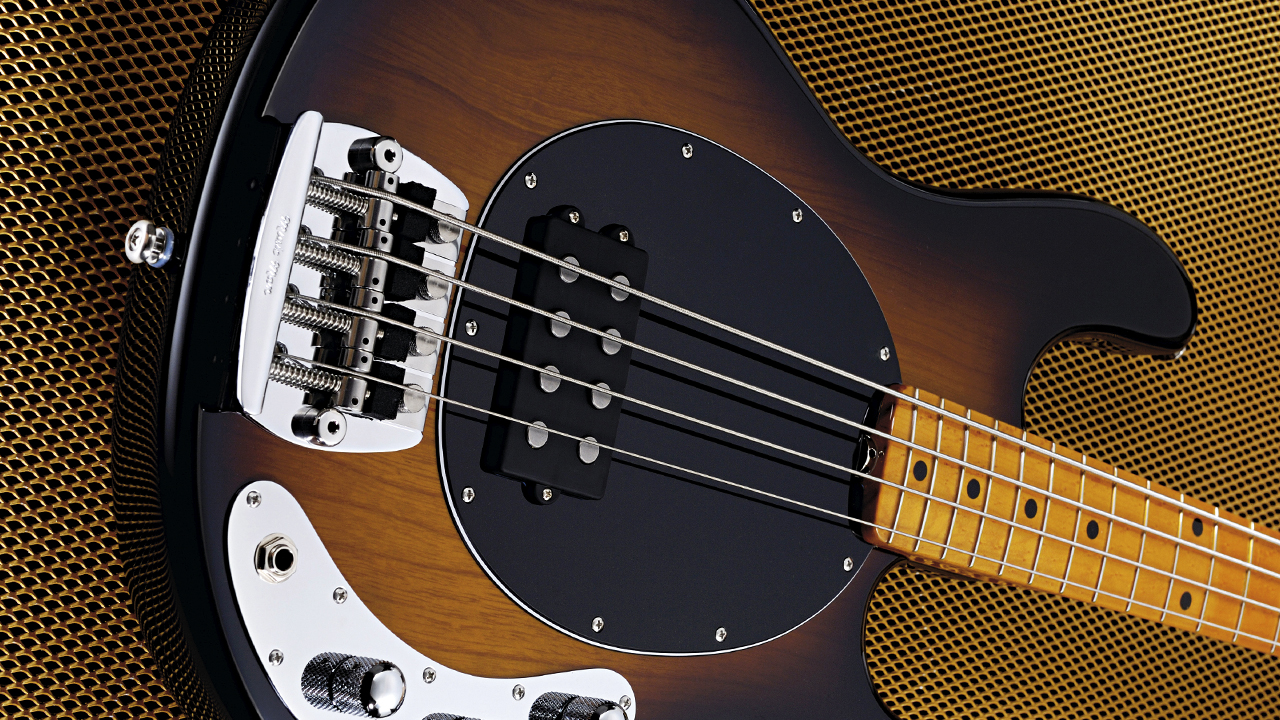
How many strings?
Jaco Pastorius, arguably the best bassist of all time, played a beat up old '62 Jazz bass with just four strings, which didn't seem to trouble him a bit. Of course, musical styles have moved on a bit since his tragic, untimely death in the late '80s and many metal players now favor five or six strings to get the heavy, low rumble they crave.
They're not alone, funk and jazz players are increasingly appreciating the sonic flexibility of a low B string too. Our view is that if you're investing in an expensive bass then it's a wise idea to at least explore the possibility of purchasing a five string. Metalheads should consider six.
Scale length and sizes
If you're a guitarist hankering after a bit of bass action, or you're blessed with a modest-size body that's attached to small hands, the neck of a bass guitar can appear ridiculously gargantuan. The frets will probably feel way too much of a stretch, and the whole instrument will almost certainly be excessively heavy.
The solution? A short scale bass. These have a 30" scale length, against the standard 34", which means that the frets will be closer together, the strings will be a little looser, and there's a tendency towards a warmer, smoother sound. It's likely the body will be slightly smaller and lighter too, improving balance for tiny frames.
A good example is the Hofner featured above, which has a short 30" scale length and is remarkably light. The Fender Jazz isn't particularly light, nor does it have a short scale length, but it does have a curiously narrow nut width, which makes it popular among transient guitarists moving across to the deep dark side of bass playing.
Tonewoods
Most bass guitars are made using the same familiar tonewoods that are used to build electric guitars. Maple is popular for necks, and it, rosewood and ebony are commonly used for fingerboards. Alder and ash bodies are valued for their balanced tone, whereas mahogany is warmer to the extent it's often capped with maple to reinforce the top end.
High-end bass guitars around the $/£2,000 mark will use straight-grained, good quality tonewoods with no visible defects. Spend a little more and you'll start to find figuring beginning to creep in, culminating in beautiful AAA maple tiger-stripe tops and highly decorative necks. Spend a lot more and all sorts of exotica from Walnut to African Dibetou make an appearance.
Just remember that an expensive slab of burl wood, beautiful though it may be, won't necessarily improve the tone and definitely won't improve playability. We say, spend what you can on the neck, electrics and hardware before going too wild with fancy figuring.
Related buyer's guides
- Enhance your sound with the best bass effects pedals
- Freshen up with the best bass strings
- Just getting started? These are the best beginner bass guitars
- Hone your chops with the best bass practice amps
All the latest guitar news, interviews, lessons, reviews, deals and more, direct to your inbox!
When Simon's childhood classical guitar teacher boasted he 'enjoyed a challenge', the poor man had no idea how much he'd underestimated the scale of the task ahead. Despite Simon's lack of talent, the experience did spark a lifelong passion for music. His classical guitar was discarded for an electric, then a room full of electrics before Simon discovered the joys of keys. Against all odds, Simon somehow managed to blag a career as a fashion journalist, but he's now more suitably employed writing for Guitar World and MusicRadar. When not writing or playing, he can be found terrifying himself on his mountain bike.

